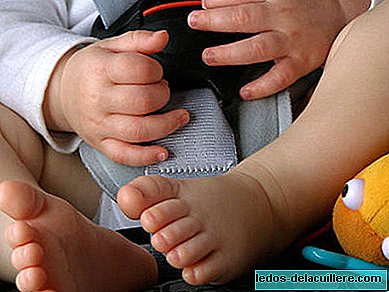
One study has evaluated the prevalence and risk factors for sleep apnea in a community cohort of obese children; It has been carried out by the Integrated Sleep Research Group of the Spanish Society of Pulmonology and Thoracic Surgery.
It is estimated that although adenoamigdalar hypertrophy is one of the most important factors in the development of childhood apnea, Obesity also plays its role in the pathophysiology of apnea and its consequences. The study called NANOS, aims to determine the contribution of obesity and adeno-tonsillar hypertrophy in apnea.
Respiratory sleep disorders are a large group of associated diseases which include habitual snoring, upper airway resistance syndrome, hypoventilation and obstructive sleep apnea syndrome (OSAS). Obstructive sleep apnea is associated with a broad spectrum of neurocognitive, behavioral, cardiovascular and adverse metabolic consequences, which are particularly notable in obese children.
The research highlights that obesity has been recognized as an indolent and persistent inflammatory condition that promotes the emergence of insulin resistance and vascular dysfunction. This systemic inflammation contributes negatively to sleep and in the alteration of gas exchange during breathing. The results obtained show that the presence of apnea operates as an independent collaborator for the increase in systemic inflammation that occurs in obese children.
Interestingly, there is also an association between body mass index and total time and sleep efficiency, as well as with the duration of hypercapnia
Given the high prevalence of obstructive sleep apnea in obese children, it is essential implement programs to detect these types of sleep diseases in patients with these profiles. This highlights the need for tests to detect apnea in children in the Spanish population with obesity.
Awareness of the impact of obesity on sleep disorders in children is one of the key strategies for prevent the occurrence of its negative effects. Likewise, it is also necessary to design effective diagnostic tools to improve the approach and respiratory health in the obese child population.
With the title “Obstructive Sleep Apneain Obese Community - Dwelling Children: The NANOS study”, the results of the research have been published in the journal Sleep. It is a multicenter study with the participation of several pulmonologists, neurophysiologists and pediatricians of Spanish Hospitals and the Chicago Hospital.







![[Christmas Special] Too many toys subtract illusion](https://img.ledos-delacuillere.com/img/bebesy3-2019/demasiados-juguetes-restan-ilusi-n.jpg)




